For Optical Chains: A Framework for Launching a High-Margin Private Label Acetate Collection
To launch a high-margin private label acetate collection, you must first define your financial framework and brand niche. Vet a manufacturing partner based on quality systems (ISO 9001) and craftsmanship. Finally, execute a go-to-market strategy centered on strategic pricing that targets 65-75% gross margins, in-store merchandising communicating exclusivity, and targeted marketing to your patient database. This transforms your business from a retailer to a brand owner.
The Strategic Imperative: Why Private Label is Non-Negotiable
The global eyewear market is expanding, but this growth masks the reality of an oligopoly where independent retailers face artificially inflated wholesale prices. EssilorLuxottica’s vertical integration allows it to dictate terms and achieve gross margins far exceeding what’s possible for you. Your survival and growth depend on breaking free from this structure.
The Oligopoly Reality: Competing with Giants
EssilorLuxottica’s portfolio includes both proprietary brands like Ray-Ban and licensed luxury brands like Chanel and Prada. The licensing agreements for these brands require royalty payments of 5-14% of net sales, a cost you indirectly subsidize through inflated wholesale prices.
Key Metric: Independent optical chains purchasing this branded inventory typically achieve gross margins of 40-50%. By contrast, EssilorLuxottica’s vertical integration enables its own retail stores to exceed 60% on the exact same products. Private label is your tool to close this gap.
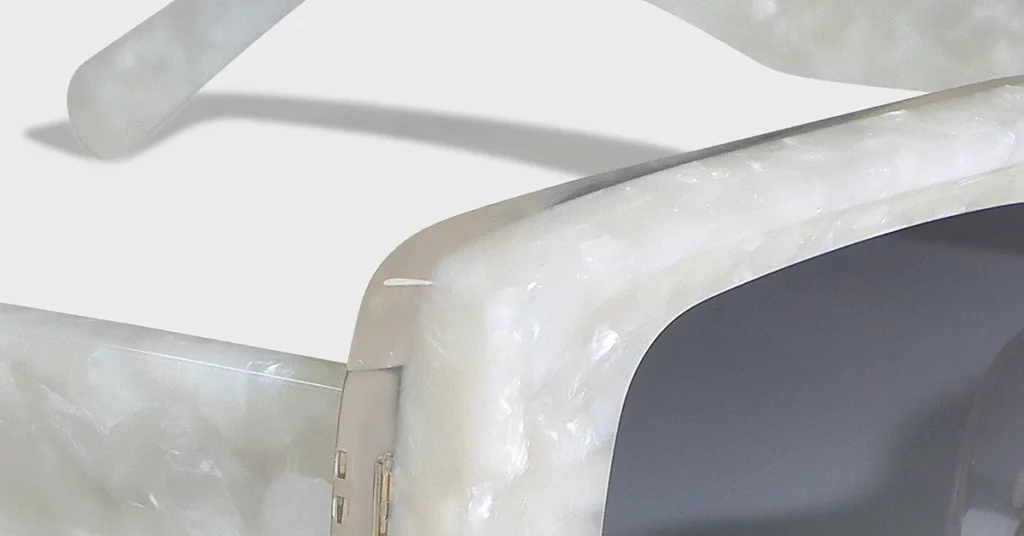
The DTC Disruptor Model: Lessons from Warby Parker
Warby Parker’s success demonstrates the power of a private label strategy. Their model is built on exclusive products that cannot be price-compared, simplified pricing, and a compelling brand narrative.
Pro Tips: You can adapt Warby Parker’s famous “Home Try-On” program. Offer your private label customers an exclusive in-store preview program that emphasizes the unique, proprietary nature of your designs and reinforces the value of your professional services.
The Independent Opportunity: Capitalizing on Authenticity
Modern consumers increasingly seek authentic, locally-connected brands over mass-market alternatives. This trend creates a natural market for your private label collection, as customers will pay a premium for products that reflect personal values and support local businesses.
The Bottom Line: Consumer willingness to pay more for exclusivity and a genuine story creates market demand for private label acetate collections. You must leverage this by pairing your unique frames with the superior customer service that large corporate chains cannot replicate.
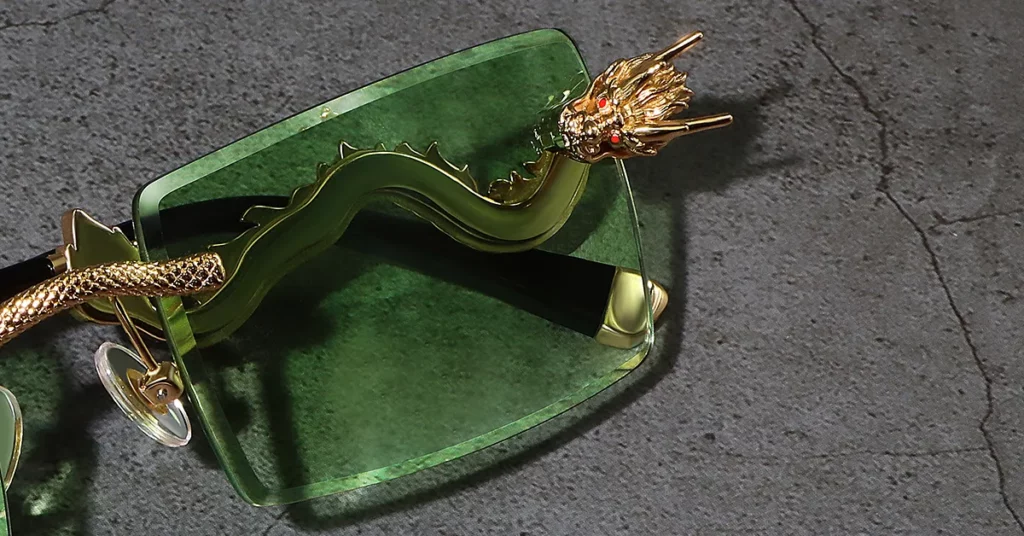
Business Models Decoded: Choosing Your Strategic Path
Understanding the different manufacturing and branding models is the first step toward building your collection. Each model offers a different balance of control, speed-to-market, and investment. Your choice here defines your entire operational strategy.
| Feature | Private Label | White Label |
| Control Level | Maximum control over design, quality, and pricing. | Limited to branding; uses manufacturer’s designs. |
| Brand Asset | Builds a unique, proprietary brand asset. | Faster market entry with a customized existing product. |
| Development Time | 75-85 days. | 15-30 days. |
| Typical MOQ | 300-500 pieces per frame design. | As low as 12 pieces per color. |
| Initial Investment | Higher; programs can start at $500 MOV for established designs. | Lower; programs can start around $1,000. |
| Margin Potential | 30-40% higher gross margins than branded eyewear. | Higher margins than branded, but less than full private label. |
| Feature | OEM (Original Equipment Manufacturer) | ODM (Original Design Manufacturer) |
| Design Input | You provide 100% complete technical drawings. | Collaborative design process with the manufacturer. |
| Customization | Maximum design uniqueness and control. | Balances customization with manufacturing efficiency. |
| Development Time | Longest; 75-85 days. | Shorter; sample development is 45-60 days. |
| Typical MOQ | Highest; 300 pieces for acetate, 600 for metal. | Moderate; depends on the level of collaboration. |
Best Practice: For most optical chains, an ODM partnership offers the ideal balance. It allows you to leverage your partner’s technical expertise while retaining full brand control, reducing your internal design burden and accelerating your time to market.
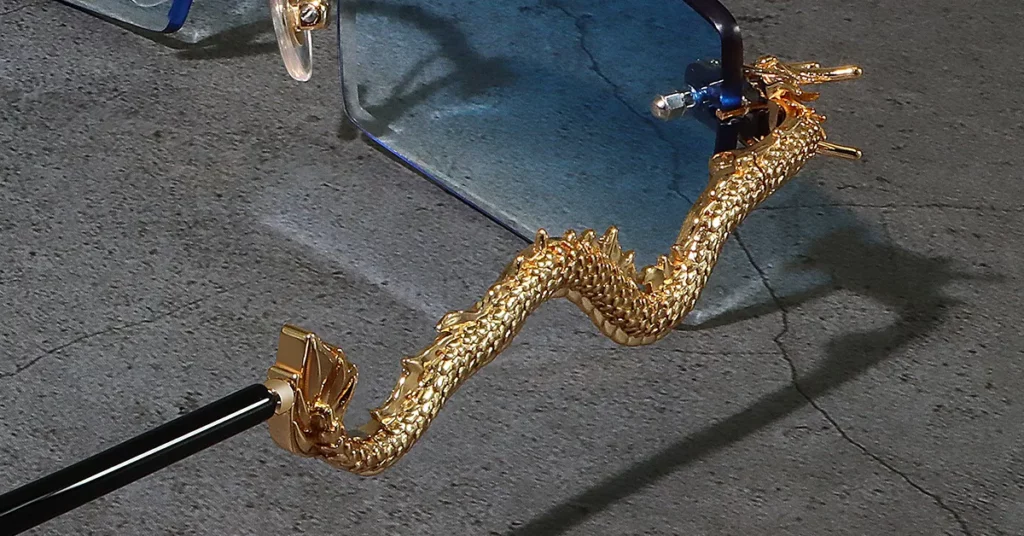
The Financial Case: Quantifying the Margin Revolution
A private label acetate collection delivers a transformative financial impact. The strategy drives growth through dramatically improved gross margins, eliminates dependency on external brand licensing, and creates a competitive moat that insulates you from price competition.
Achieving Financial Dominance Through Margin Enhancement
The math is simple. Moving from branded inventory to private label ownership grants you complete pricing autonomy. Stores that emphasize private label products consistently achieve gross margins of 66-75%, a significant jump from the industry median of 61%.
Key Metric: For a chain with $750,000 in annual revenue, improving gross margins from 61% to just 67% through a private label launch generates an additional $20,000 in pure annual profit. This flows directly to your bottom line.
Controlling COGS by Eliminating Licensing Fees
Brand licensing fees consume 5-15% of net sales for designer eyewear. This is pure profit leakage that a private label collection eliminates entirely. This action alone can add $25,000-$75,000 to your gross profit for every $500,000 in eyewear revenue.
Direct manufacturer relationships reduce your Cost of Goods Sold (COGS) by 20-30% compared to branded alternatives. Acetate frames manufactured for $10-$40 can be sold at retail for $150-$300, delivering gross margins of 70-85%.
Financial Modeling: Projecting Margin Uplift & ROI
Conservative financial models project an 18-24 month ROI period for a private label launch, with ongoing margin improvements of 10-20 percentage points over branded inventory.
Sample Financial Model for a $500,000 Annual Revenue Chain:
| Metric | Traditional Branded | Private Label Acetate | Improvement |
| Annual Eyewear Revenue | $305,000 | $305,000 | – |
| Average Gross Margin | 52.5% | 67.5% | +15 points |
| Gross Profit | $160,125 | $205,875 | +$45,750 |
| Initial Investment | – | $35,000 | – |
| ROI Timeline | – | 18 months | – |
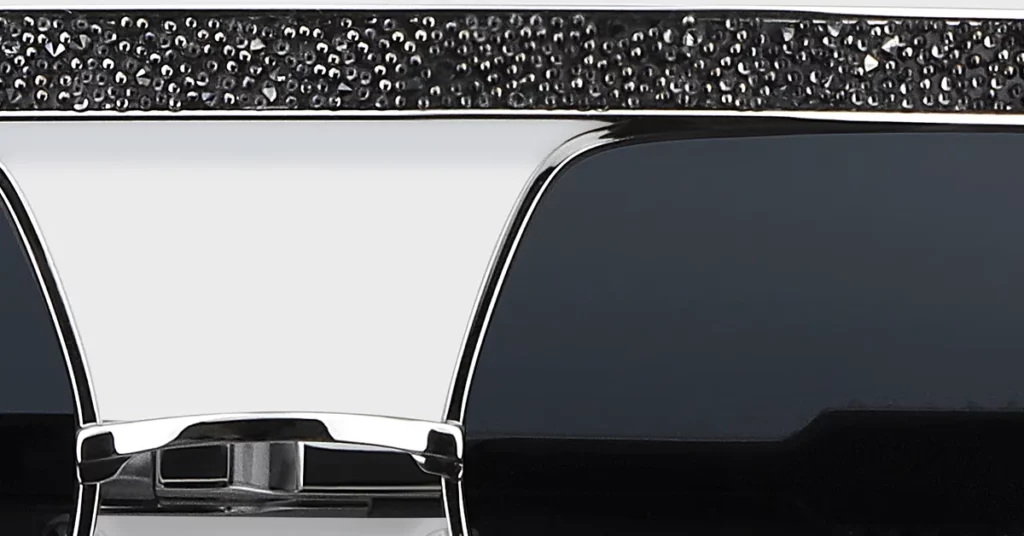
Phase 1: Collection Strategy & Design
A successful launch starts with a strategic plan that aligns your financial goals with your market position. This phase is about defining a market-winning product before the first gram of acetate is cut.
Building the Financial Framework for Your Collection
You must quantify every cost to establish clear performance metrics and manage risk. Total investment for a comprehensive launch typically ranges from $25,000-$75,000.
- Design Development: Professional design services range from $5,000-$15,000. Some manufacturers will bundle this cost.
- Tooling and Setup: Expect to pay $2,000-$8,000 per frame design for CNC programming and equipment setup.
- Minimum Order Quantities (MOQs): Industry-standard MOQs are 300-500 pieces per design, with initial orders for a full collection totaling 1,500-3,000 pieces.
- Marketing and Launch: Budget $5,000-$15,000 for photography, displays, and staff training.
Establishing KPIs for Success
Your private label program is only successful if it meets clear, quantifiable metrics.
- Target Gross Margins: Your acetate collection must achieve gross margins of 65-75%. Anything less requires immediate review of your pricing or manufacturing costs.
- Sell-Through Velocity: Aim for inventory turns of 2.5-3.5 times annually. This indicates strong customer acceptance and correct pricing.
- Customer Lifetime Value: Private label customers should demonstrate 25-40% higher lifetime value due to increased loyalty and reduced price sensitivity.
Identifying Your Niche and Crafting a Brand Identity
You must analyze your own sales data to find underserved customer segments and style gaps in your current inventory. Often, the biggest opportunity lies in price points between budget and premium categories where branded options are lacking.
Your brand story must be authentic and align with your chain’s core values. Leverage the 175-year Italian heritage of Mazzucchelli acetate for a narrative on craftsmanship. Or, use bio-acetate to build a story around sustainability that resonates with eco-conscious consumers.
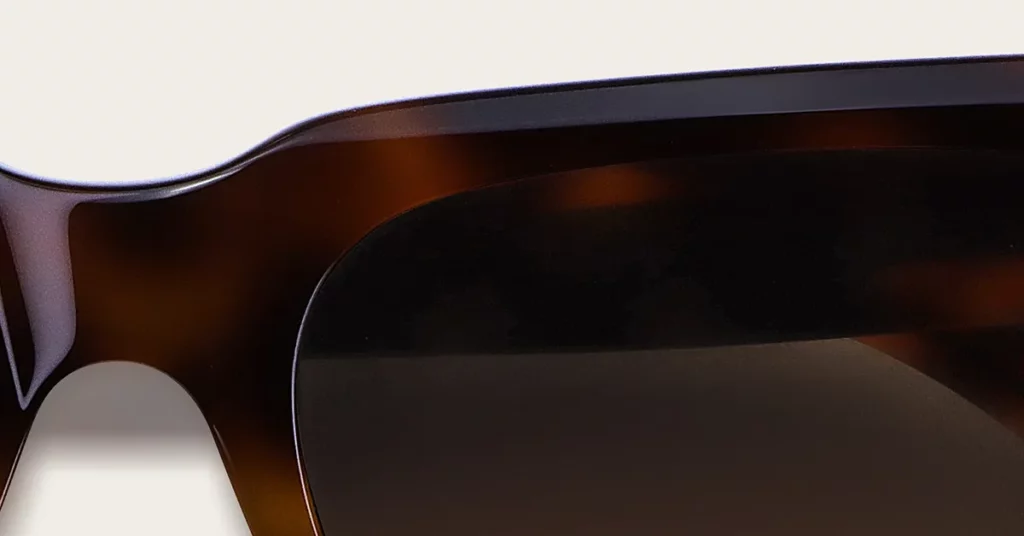
Phase 2: Vetting Your Manufacturing Partner
Strategic manufacturer selection is the most critical decision you will make. This partnership determines your product quality, production reliability, and ability to scale. Rigorous vetting is non-negotiable.
The Manufacturer Vetting Blueprint: Evaluation Criteria
- Verifiable Quality Systems: Mandate ISO 9001:2015 certification. This is the baseline for ensuring documented processes and management accountability. Also demand proof of FDA registration and EN ISO 12312-1 compliance.
- Demonstrable Craftsmanship: Assess their expertise in multi-stage tumbling, hand-polishing, and precision assembly. Poor polishing results in a cheap-looking product that undermines your premium positioning.
- Supply Chain Transparency: You must audit their sourcing of core components like hinges, wire cores, and screws. A failure in a 50-cent hinge can ruin a $300 frame and damage your brand.
- In-House Prototyping: Prioritize partners with integrated design and rapid prototyping. This accelerates development, protects your intellectual property, and improves collaboration.
- Production Capacity: A reliable partner should operate at 75-85% capacity utilization. This demonstrates stability while leaving room to accommodate your growth.
Critical Warning: A manufacturer without the proper certifications exposes your business to product liability risks, regulatory violations, and brand damage that can be impossible to repair.
Acetate Material Masterclass: Selecting Your Foundation
Your choice of acetate directly impacts product quality, cost, and brand position.
- Standard Cellulose Acetate: This is the workhorse material, derived from cotton and wood pulp. It offers an optimal balance of performance, cost, and manufacturing reliability, making it ideal for a first collection.
- Premium & Heritage Acetate (e.g., Mazzucchelli): The Mazzucchelli name provides immediate marketing value and supports a 20-35% pricing premium. Its superior color depth and durability justify the investment.
- Bio-Acetate (e.g., M49): Mazzucchelli’s M49 is 68% bio-based and biodegrades in 115 days under ideal conditions. This enables powerful environmental positioning that targets sustainability-conscious buyers.
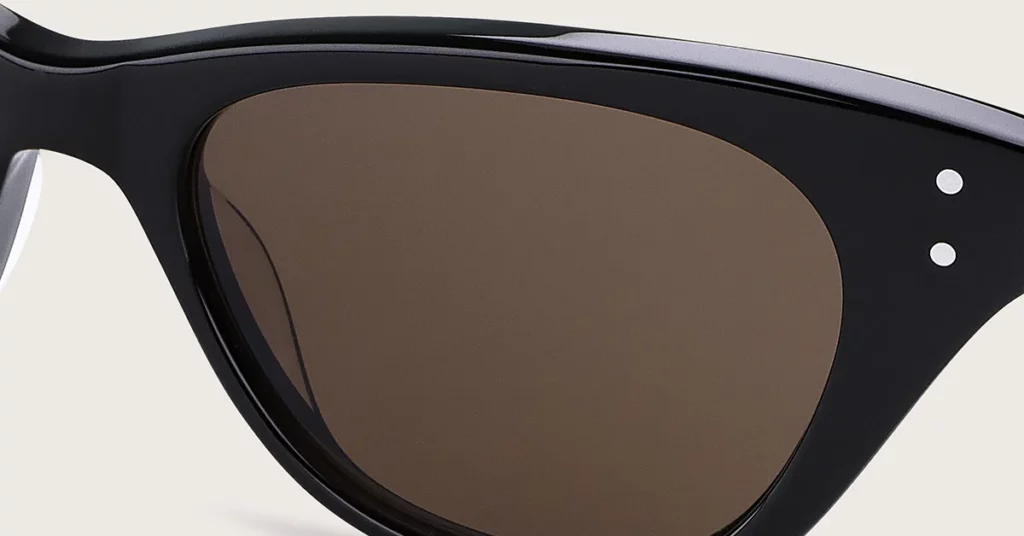
Phase 3: Go-To-Market Execution
A strategic launch maximizes the impact of your new collection. This requires coordinated pricing, staff training, in-store merchandising, and marketing activities that drive immediate sales and build long-term loyalty.
Optimizing the In-Store Experience and Pricing
Your private label collection enables pricing flexibility you can’t get with branded inventory. Target gross margins of 65-75%.
- Pricing Strategy: Position your collection 15-25% below comparable branded alternatives. This creates a powerful customer value perception while delivering superior margins to you.
- Optician Empowerment: You must train your staff on the material properties, brand story, and key differentiators. They need to understand that selling your private label directly contributes to the business’s success.
- Visual Merchandising: Create a dedicated display area for your private label. Use enhanced lighting and materials that tell the story of quality and craftsmanship.
- High-Value Bundles: Package your private label frames with premium lens options. This increases average transaction value and provides customer convenience.
Executing a High-Impact Launch Campaign
Your marketing must build excitement and educate customers on why your collection is different and better.
- Messaging: Focus all messaging on exclusivity (“Only Available Here”), superior materials, and unmatched value. Scarcity and uniqueness eliminate price shopping.
- Internal Launch: Leverage your patient database via email and SMS. Offer VIP customers early access and special pricing to reward loyalty and generate initial sales velocity.
- Social Proof: Use staff endorsements and early patient testimonials as powerful marketing tools. Authentic stories from trusted sources build credibility far more effectively than traditional advertising.
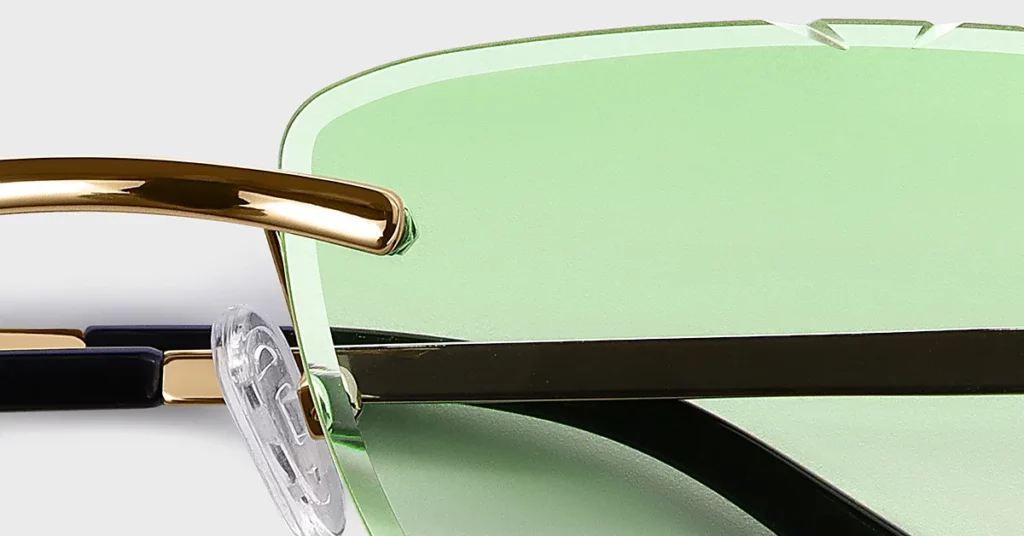
Conclusion
A well-executed private label acetate collection is a definitive tool for transforming your optical business. By eliminating the 5-15% in licensing fees that go to corporations, you can achieve 65-75% gross margins and offer exclusive designs. This strategy provides immediate financial return and a long-term competitive advantage, turning your chain from a price-taker into a price-maker with unshakeable brand equity.
For optical chains ready to turn this framework into reality, Kssmi provides the manufacturing expertise, quality systems, and strategic partnership required. Contact us today for a consultation to transform your private label opportunity into profitable market leadership.
Frequently Asked Questions
1. What is a realistic initial investment and MOQ?
Expect a total initial investment of $25,000-$50,000. Minimum Order Quantities (MOQs) for custom acetate frames are typically 300-500 pieces per design, with a total initial order of 1,500-3,000 pieces for a full collection.
2. Chinese vs. European manufacturer: what’s the impact?
Chinese manufacturers offer 40-60% lower costs and lead times of 60-90 days. European makers, particularly in Italy, provide a “Made in Italy” brand story that can justify a 20-35% price premium, though production costs are higher. Quality depends on the specific factory’s certifications, not geography.
3. What components beyond acetate affect frame quality?
The wire core in the temples is the most critical component for long-term durability. Next are the hinges, which must be corrosion-resistant and operate smoothly. Finally, all screws and hardware must be high quality and biocompatible.
4. Why does bio-acetate justify a higher retail price?
Bio-acetate like Mazzucchelli’s M49 is 68% bio-based and biodegrades rapidly, unlike traditional plastics. This provides a powerful sustainability story that resonates with eco-conscious consumers, justifying a 15-25% pricing premium.
5. How can we test-market frames before a full production run?
Launch with 2-3 core designs ordered at minimum quantities (300-500 total pieces). Use dedicated displays and collect customer feedback to validate styles. A 65-80% sell-through rate within 6 months confirms a design is ready for a larger production run.